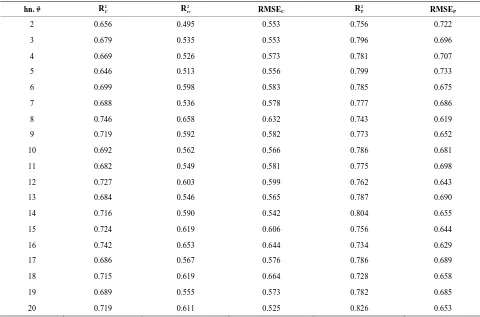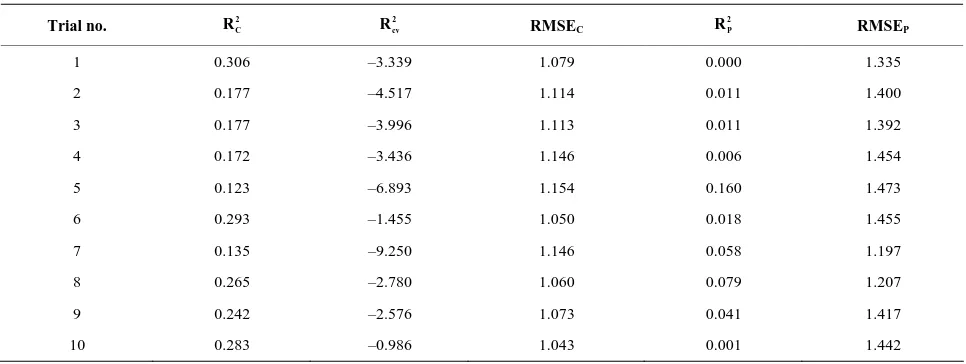Exploring QSARs for Inhibitory Activity of Cyclic Urea and Nonpeptide Cyclic Cyanoguanidine Derivatives HIV 1 Protease Inhibitors by Artificial Neural Network
Full text
Figure
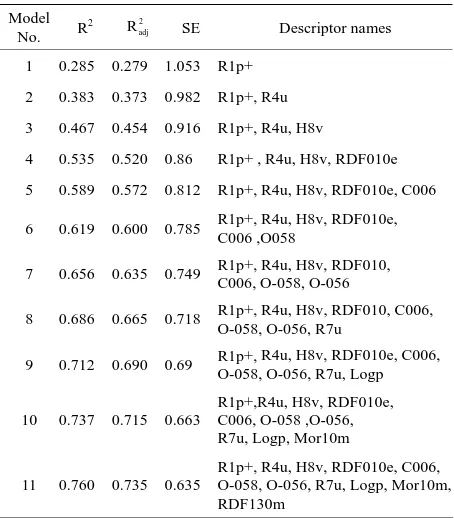
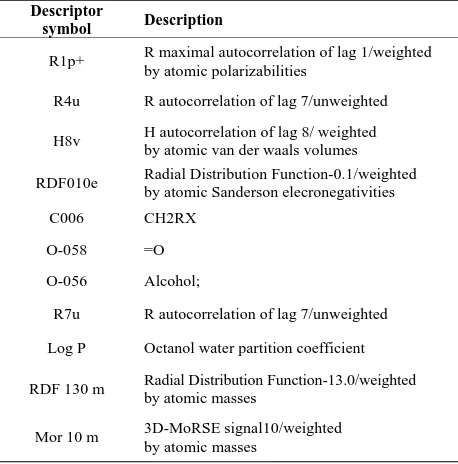
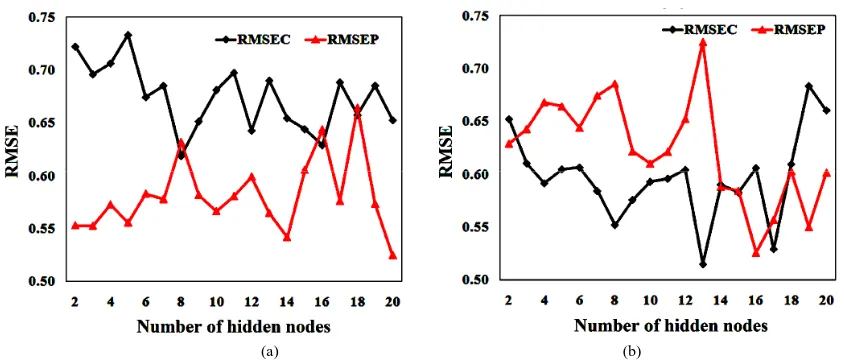
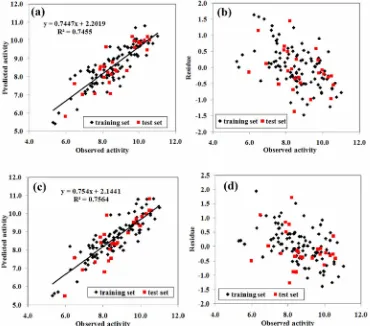
Related documents
Passed time until complete analysis result was obtained with regard to 4 separate isolation and identification methods which are discussed under this study is as
Please note: Any orders being returned to Campion by mail must be received two days prior to the cut off date at the top of this page to ensure your order does not incur a late
A testing process of selected vehicles with on-board diagnostics OBD system was as follows: Vehicle identification, definition of controlled parameter values, visualization of
Crew resource management training in healthcare: a systematic review of intervention design, training conditions and evaluation.. To view these files, please visit the
With one exception, the initial specimen for all patients was urine, although in many cases both urine and saliva were
Support was obtained for the hypothesis that shiftwork- specific internal locus of control is negatively associated with reported problems with social and family life, and is
3.4 HMI-1a3 and HMI-1b11 do not significantly affect the levels of Aβ40 or Aβ42 in
Methods: We investigated the potential signatures of T cell subset phenotypes in asthma using fresh whole blood from adult atopic asthma patients (n = 43) and non-asthmatic


